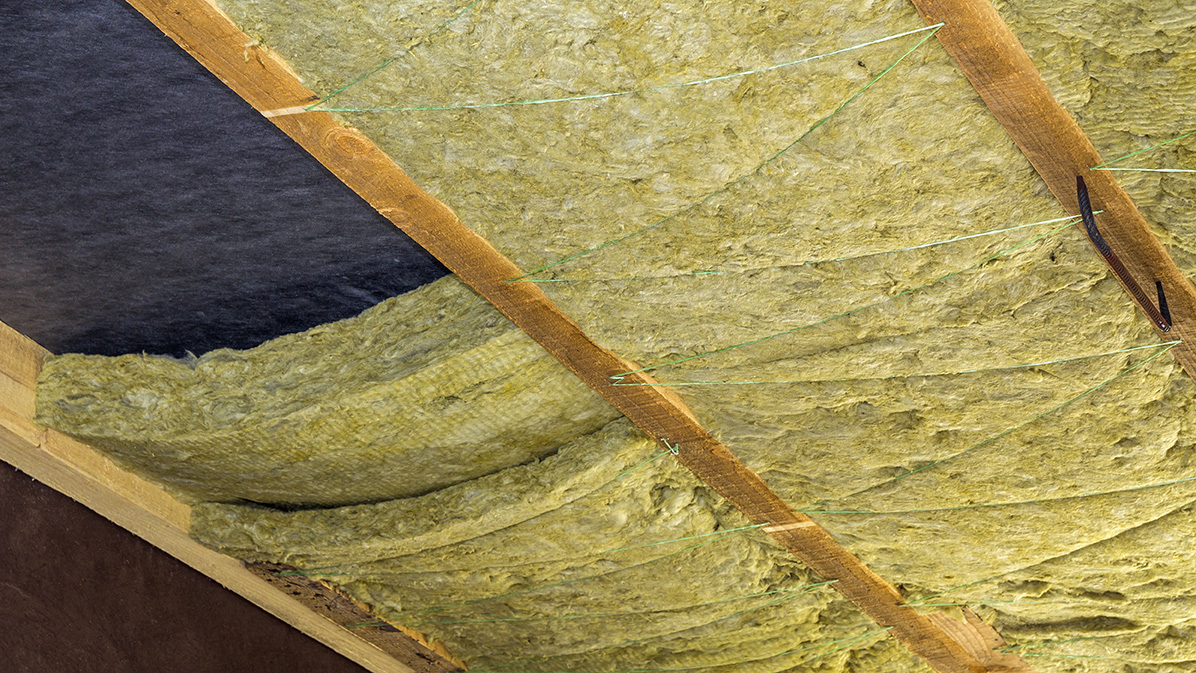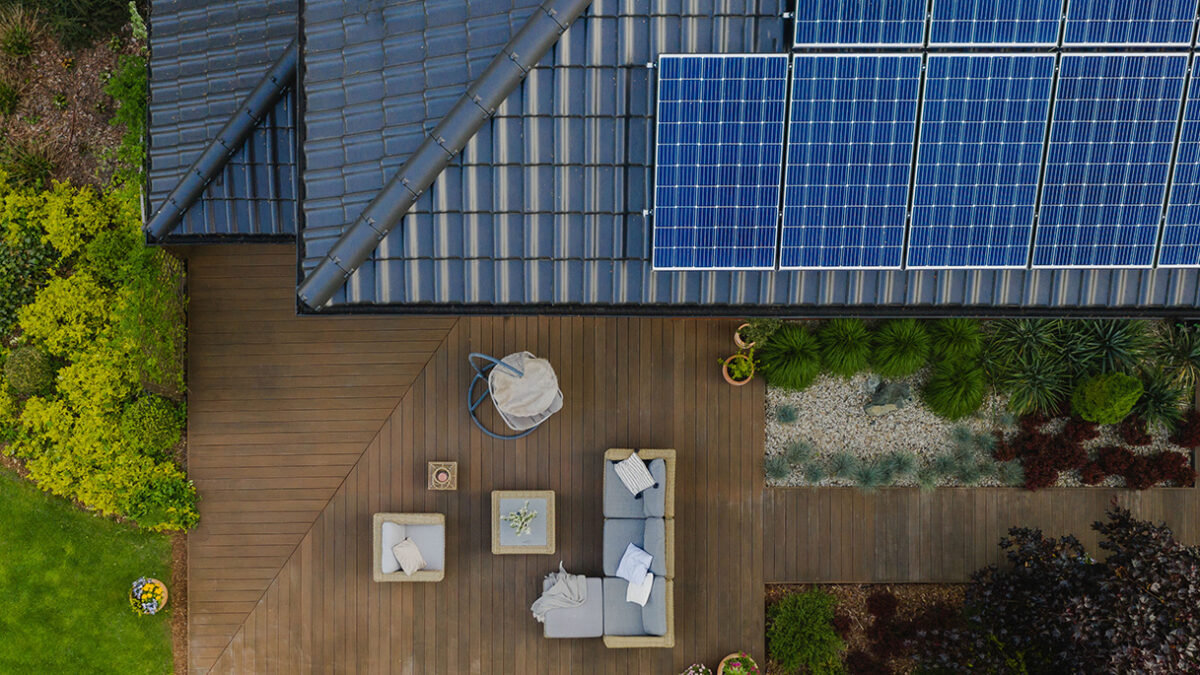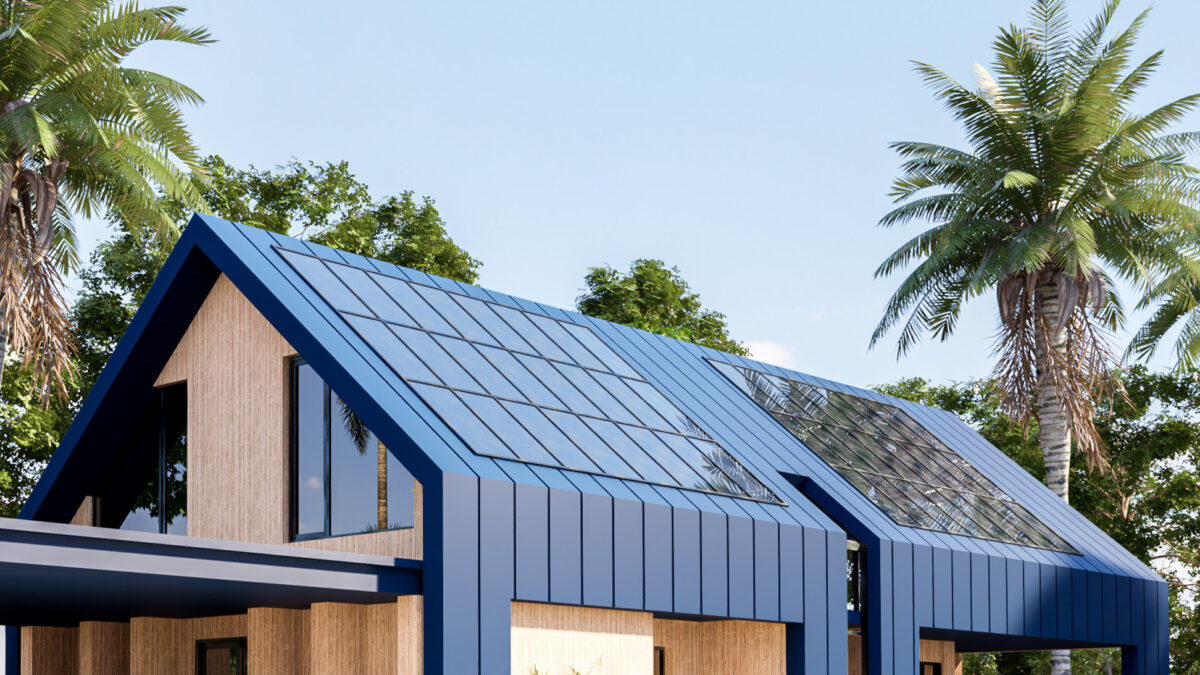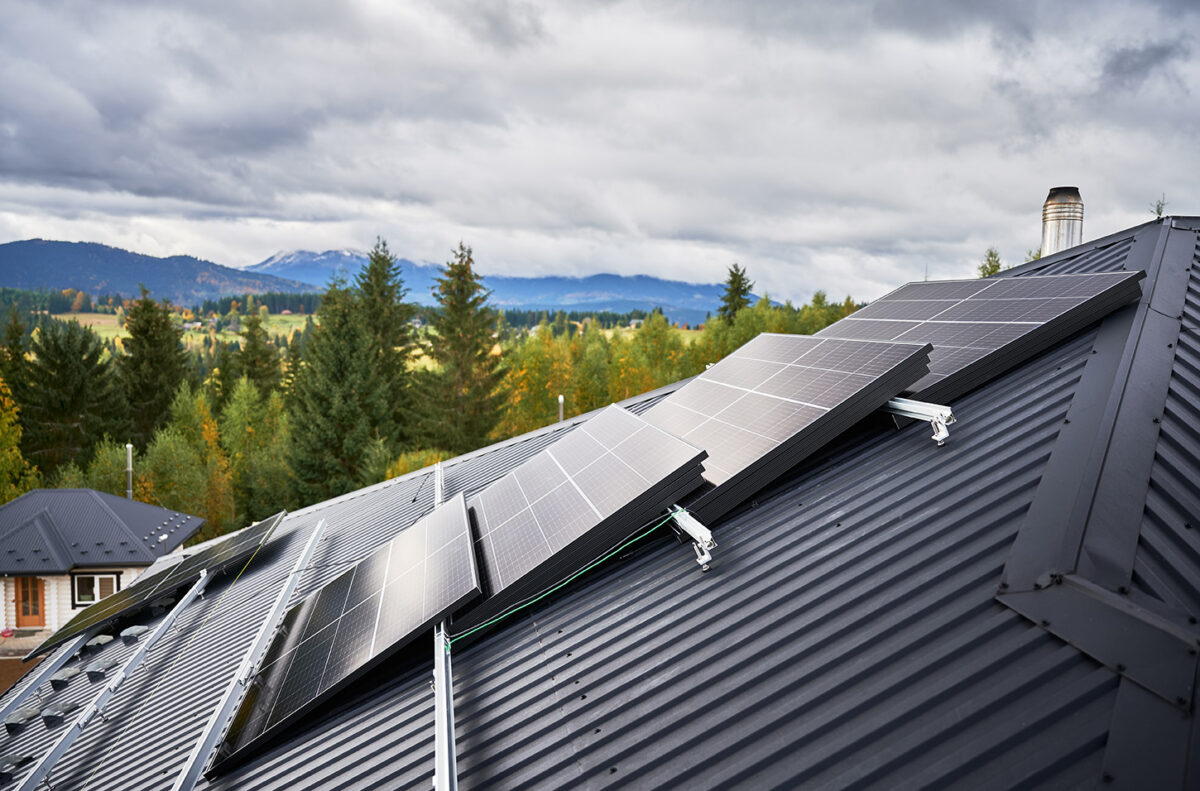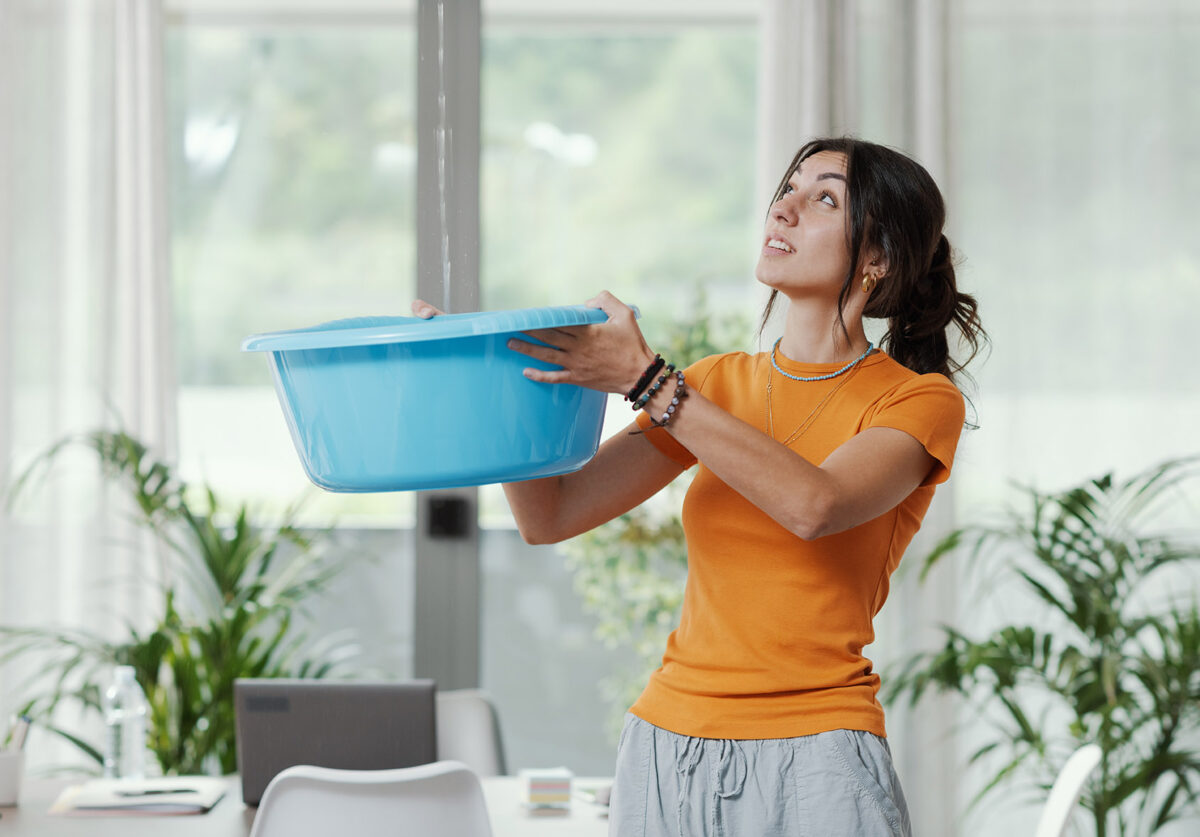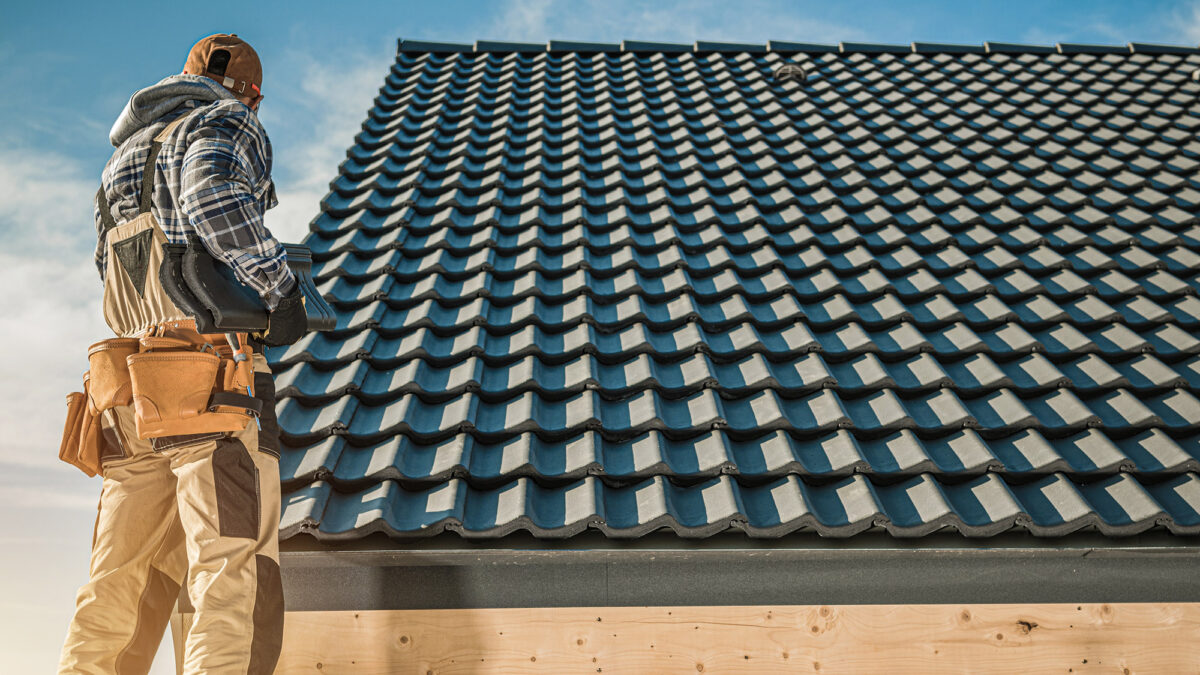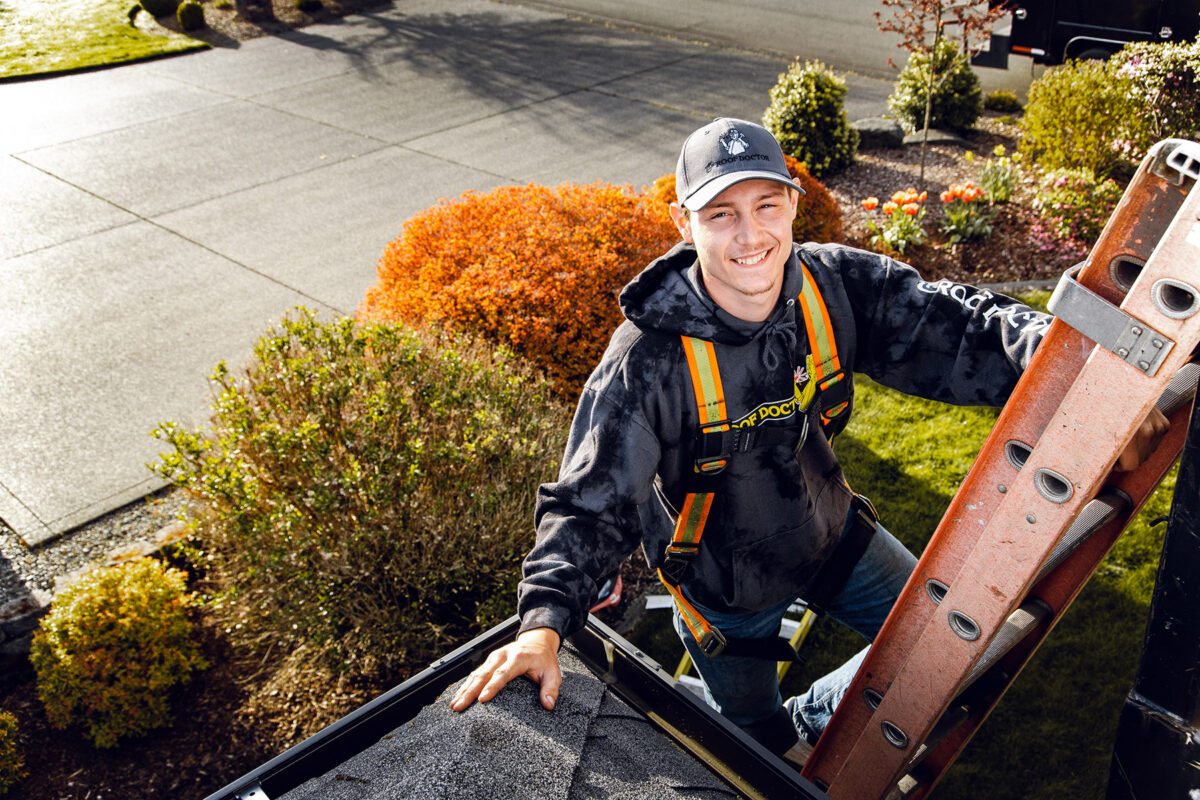What Is Energy-Efficient Roofing?
What if your roof could do more than just keep the elements out? What if it were also a smart investment that pays dividends in the form of lower energy bills and a more comfortable home? Welcome to The Roof Doctor’s essential guide to energy-efficient roofing, where we’ll explore what energy-efficient roofing really means, the different types of roofs available, and how they can reduce home energy costs and enhance comfort. Expect to gain valuable insights that will help you make informed decisions about your roofing needs. Let’s get started…
The Concept of Energy-Efficient Roofing
Defining Energy-Efficient Roofing
Energy-efficient roofing is designed to minimize energy usage, primarily by reducing the need for artificial cooling and heating. This type of roof system uses materials and construction techniques that reflect more sunlight, absorb less heat, and insulate better compared to traditional roofing.
How Energy-Efficient Roofing Works
Such roofs incorporate materials like cool roof coatings, metal roofs, and tiles with high solar reflectance and thermal emittance. This design helps maintain a more stable indoor temperature, reducing the reliance on air conditioning and heating systems, thereby leading to significant savings on energy costs.
Benefits of Energy-Efficient Roofing
Cost Savings Over Time
Energy-efficient roofing is a smart financial decision. Over time, these roofs add up to significant savings on your energy bill by maintaining better temperature control inside your home, leading to less reliance on heating and cooling systems.
Reduced Environmental Impact
Choosing an energy-efficient roof can help preserve the environment. These roofs reduce energy consumption, thereby lowering greenhouse gas emissions and mitigating the urban heat island effect, making them an eco-friendly option for conscious homeowners.
A More Comfortable Home
Energy-efficient roofs ensure a more comfortable living environment. They maintain a consistent indoor temperature, reducing the strain on air conditioning and heating systems and providing a year-round comfortable atmosphere in your home.
Types of Energy-Efficient Roofs
Materials Used in Energy-Efficient Roofing
Various types of energy-efficient roofing materials offer their own unique benefits. Metal roofs are known for their durability and reflectivity, reducing heat absorption. Tile roofs, both clay and concrete, provide excellent insulation and longevity. Cool roof coatings can be applied to existing roofing, enhancing reflectivity and reducing heat transfer. These roofing materials not only improve energy efficiency but also extend the roof’s lifespan.
Innovative Roofing Technologies
Advancements in roofing technologies are constantly evolving. Features like solar reflectance index (SRI) rated materials maximize heat reflection. Green roofing systems, incorporating vegetation, improve insulation and reduce urban heat island effects. Photovoltaic solar panels integrated into roofing materials also offer a dual benefit of energy generation and efficiency. These innovative solutions are shaping the future of energy-efficient roofing.
What Makes a Roof Energy Efficient?
Insulation and Ventilation Factors
A key component of energy-efficient roofing is proper insulation and ventilation. This combination helps maintain a stable temperature inside, reducing the need for excessive heating or cooling. Good insulation minimizes heat transfer, while effective ventilation removes excess heat and moisture, enhancing overall energy efficiency.
Reflectivity and Emissivity Properties
Reflectivity and emissivity are critical in determining a roof’s energy efficiency. Materials with high reflectivity, such as tiles with reflective coating, bounce back sunlight, reducing heat absorption. Emissivity refers to a roof’s ability to release absorbed heat. Together, these properties significantly lower cooling costs and contribute to a more energy-efficient home.
What Type of Roof is the Most Energy-Efficient?
Comparing Different Roof Types
When it comes to energy efficiency, not all roofs are created equal. The most energy-efficient type of roof will depend on the environmental conditions where the home is located. Metal roofs are renowned for their durability and reflectivity, making them excellent for keeping homes cool. In sunny regions, metal roofs have been shown to significantly reduce cooling costs. Tile roofs offer natural air circulation in warmer climates while maintaining warmth in cooler climates. Each type offers unique benefits, so you’ll need to consider your specific environmental and architectural needs.
What Color Roof is Most Efficient?
The Science Behind Roof Colors
The color of your roof plays a significant role in its energy efficiency. Darker colors absorb more heat, increasing indoor temperatures, while lighter colors reflect sunlight, keeping your home cooler. This reflectivity is crucial in reducing cooling costs and energy usage.
Best Color Choices for Different Climates
In warmer climates, lighter-colored roofs, such as white or light gray, are ideal for maximizing reflectivity and reducing heat absorption. Conversely, in cooler climates, darker roofs can help absorb heat during the colder months, potentially lowering heating costs. The key is to balance aesthetics with functionality, considering your specific climate needs.
Practical Tips for Choosing an Energy-Efficient Roof
Factors to Consider Before Installation
When selecting an energy-efficient roof, consult a reputable roofing contractor, consider your local climate, existing roof structure, and energy goals. Opt for materials like metal roofs or tile roofs with high solar reflectance for warmer climates. In cooler regions, focus on insulation and ventilation features. Evaluate the roof’s solar reflectance index to ensure maximum efficiency.
Maintenance Tips for Longevity and Efficiency
Regular maintenance is key to sustaining the efficiency of your roof. Inspect for damages periodically, clean gutters and downspouts, and check for proper ventilation. A well-maintained roof not only lasts longer but also retains its energy-saving properties effectively.
Do Energy-Efficient Roofs Really Save You Money?
Initial Investment vs. Long-Term Savings
Energy-efficient roofs often require a higher initial investment compared to traditional roofing when doing a roof replacement. However, the long-term savings on energy bills can be substantial. Over time, these savings can offset the initial cost, making energy-efficient roofs a financially savvy choice for homeowners and businesses alike.
Government Incentives and Rebates
To encourage energy efficiency, many governments offer incentives and rebates for installing energy-efficient roofs. These financial aids can significantly reduce the upfront cost, making the switch to an energy-efficient roof more accessible and appealing.
Common Myths and Misconceptions About Energy-Efficient Roofing
Debunking Myths with Facts
There’s a misconception that efficient roofs are only for certain climates or are prohibitively expensive. In reality, these roofs are cost-effective in various climates and can offer significant long-term savings. Another myth is that efficient roof options are limited in style; however, energy-efficient roofing materials come in diverse designs that can fit any aesthetic.
Homeowners often express surprise at the noticeable reduction in their energy bills and the enhanced comfort of their homes. Many also appreciate the added value to their property, debunking the myth that energy efficiency doesn’t impact resale value.
Closing Thoughts
To recap, energy-efficient roofing with materials like metal and reflective tile can significantly lower energy costs and enhance indoor comfort for your home. Making an informed decision about your roofing means understanding how insulation, ventilation, and color help maximize its efficiency. As you contemplate upgrading to an energy-efficient roof, remember that the right roof is an investment that not only saves money but also contributes to a more sustainable and comfortable living environment.
About The Roof Doctor
At The Roof Doctor, we’re proud of our home-grown family values and watertight reputation. We offer reliable service, 24/7 emergency assistance, and are fully licensed, bonded, and insured. Whether you’re looking for roof replacement, repair, or just want to explore your roof options, we’re here to help. Our highly trained crews are dedicated to customer satisfaction and delivering quality work in a timely manner.
Ready to explore energy-efficient roofing options for your home or business? Contact The Roof Doctor today, and let’s discuss how we can help you save on energy bills and make your space more comfortable.


